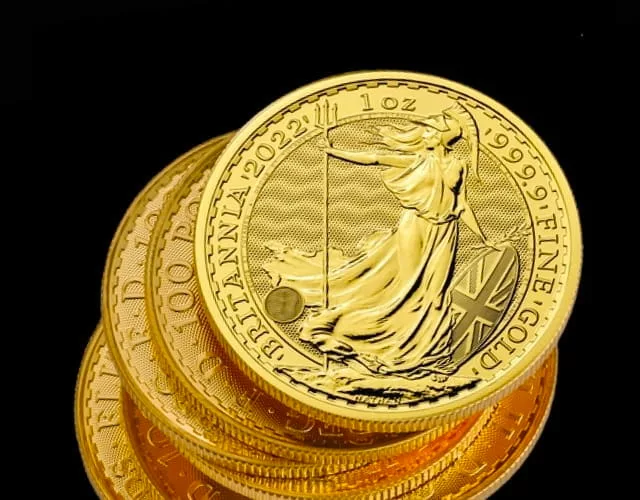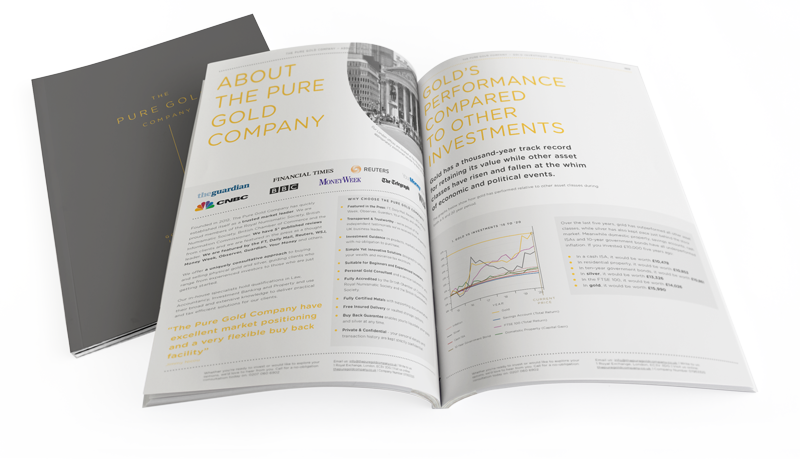The cost-of-living crisis is palpable in every weekly shop, petrol station fill-up, gas bill or tax demand. Everything is going up, and it’s going up everywhere. So, is this an inexorable rise? How did it start? When will it end? And what does it mean for the quality of life, savings, investments and the future?
What is inflation?
Inflation doesn’t materialise out of nowhere. The recent rapid rising prices in cost of goods has its underlying origins in the fallout of the COVID-19 pandemic. During that time, supply chains were disrupted as the world shut down for months on end, and even when the vaccine enabled most economies to reopen, there were intermittent surges in infection which led to further shutdowns.
Against this backdrop, inflation began to rise last year, although initially, politicians and economists suggested (or hoped) it would be temporary. But the initial Russian aggression and then the full-blown war in Ukraine put paid to any recovery.
Rising costs
The fallout of already squeezed supply chains and tight labour markets (another pandemic hangover as people made lifestyle changes or left the workforce entirely), is now being compounded by rapidly rising energy prices and a nascent but imminent global food crisis.
Which costs are going up?
In the UK in particular, but also around the world, the energy crisis is the most pressing concern. Demand was already nudging prices up as economies began their post-COVID recovery, but now the cost of petrol and diesel, heating oil, gas and electricity has surged. This is a direct result of the invasion of Ukraine by Russia, a major global oil and gas supplier, particularly to Europe, where supplies have been affected by the war. Russia has already cut gas supplies to several European countries that refuse to pay for the energy in roubles, and the general disruption is pressuring oil and gas prices around the world.
The energy bills and the energy price cap
A government-mandated energy price cap in the UK rose in April, which saw a massive surge in domestic energy costs, while businesses have been experiencing unfettered surges for months. This, on top of rising supply chain costs, is putting pressure on business costs which are being passed onto the consumer in the form of further rising prices of goods and services.
The risk of recession
The contagion is in every sector. Construction costs are rising quickly, leisure pursuits cost more, pet care bills are up, and holidays are more expensive. This means property costs are rising faster, fewer people are eating out or taking holidays. The knock-on effect of people having to pull back on spending is a slowdown in growth in the year’s first quarter and the possibility of a recession in the near future.
Inflation rate and interest rates
The recessionary fears are being driven by the need to curb inflation with rate rises. The bank of England raised interest rates from 0.75% to 1% in May while warning that inflation could rise above 10% this year and that the outlook for the UK economy has materially deteriorated. Recessionary pressure is now a real concern as the monetary policy committee walks a fine line between managing inflation and putting further pressure on consumers and businesses by raising rates. Higher rates encourage saving rather than spending, which curtails growth but is designed to put a brake on inflation.
Mortgage costs
The long-term low-rate environment means many young adults haven’t ever experienced a rate rise and the knock-on effect on mortgage costs. This could negatively affect the property market if the cost-of-living squeeze reduces affordability and prices reverse their inexorable rise. Mortgage lender Nationwide warned in May that house price growth is expected to slow as the household income is squeezed and mortgages become more expensive with rising interest rates.
Discover Gold’s Unique Tax Advantage
Most investments are subject to some form of taxation, but physical gold can be totally free of VAT and capital gains tax.

Low-income households
The Cost-of-Living Crisis is not only affecting poorer households or individuals on low incomes, who are more likely to spend a greater proportion of their earnings on essential items, but also middle-income earners. This is because the crisis is impacting a broad range of costs, from energy prices and food prices to transport costs, property costs, and leisure pursuits. The result is that people are cutting back on spending and this is having a knock-on effect on growth.
How long will high inflation last?
No one can predict the future, but the forecasts for inflation and interest rates (up), and economic growth (down), are an indicator that the cost-of-living crisis still has some way to go. The Bank of England expects inflation to peak at over 10% in the fourth quarter of 2022 and only return to its target level of 2% by the third quarter of 2024.
Meanwhile, the factors that influence rising costs may continue for some time. If the Ukraine war rumbles on, fuel prices, fertilizer prices and food prices will not be able to stabilise. Global food shortages are being foreshadowed, and the UN Secretary-General said in May that the war threatens to tip “tens of millions of people over the edge into food insecurity, followed by malnutrition, mass hunger and famine, in a crisis that could last for years.”
The financial fallout
When people have less money, they spend less, which will curtail economic growth and potentially push many countries into recession. The markets have reacted to the uncertainty in the economy with substantial volatility. The outbreak of war initially sent markets on a steep slide, and the FTSE 350 took some time to recover, sliding again in May and is now on another slow climb of recovery. US charts meanwhile have been in decline since late March, with the Dow Jones Industrial Average down over 10% year-to-date.
Cryptocurrency troubles
Alternative assets like cryptocurrency, which had been enjoying a stellar 2021, have plummeted in 2022, with leader Bitcoin now worth less than half the near £50,000 it commanded at its height in November last year. Other cryptocurrencies have fared much worse, with one currency, Luna, collapsing altogether in what is designated a ‘Crypto Winter’.
Meanwhile, the UK property market, which has been enjoying a rebound from pent-up pandemic demand, is finally starting to slow as the cost-of-living crisis puts pressure on households. Despite rising interest rates, banks continue to offer poor rates of interest on savings and are vulnerable to a looming economic downturn.
Gold value holds in a crisis
Since the start of the year, the gold price has risen almost 10% in sterling terms, and Goldman Sachs recently raised its gold price forecasts to $2,500 an ounce in the six months from March 2022.
The value of physical gold reached a high in the early days of the Ukraine conflict, falling back a little but maintaining strong year-to-date growth since then. Retail demand at The Pure Gold Company is the highest it’s ever been as customers scramble to protect their assets from inflationary pressure and the fallout of rising interest rates.
Historically gold has been seen as an inflation hedge, which is certainly true over the long term. As a commodity, it rises alongside the cost of other goods, maintaining its value even when inflation erodes the value of cash.
Like interest rates, though, in practice, this link is not indelible. There are circumstances where other factors influence gold more than inflation, including market sentiment, monetary policy, currency fluctuations, geopolitical issues, supply and demand and price speculation.
Long-term wealth assurance?
Even if other factors move the gold dial over the short-term, gold as a long-term store of wealth is assured, and investors looking to avoid the corrosive properties of inflation will do well to consider long-term gold investments.
The cost of living crisis has flooded the global economy with uncertainty, but as inflation keeps climbing, gold continues to thrive as an immutable physical store of wealth.


